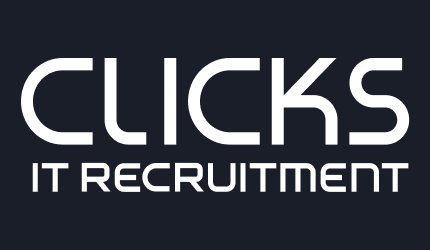As quickly as we were thrown into this adjustment of WFH and its challenges, we are now faced with the next unknown. Australia and New Zealand have now been fortunate enough to have restrictions reviewed along with active discussions regarding moving into the ‘new normal’. This will bring new challenges to companies. How do we layout our offices? Will teams be scattered over their working preferences? What will communication between teams be like? Will the common handshake be no longer? How will we be with each other when we once again become face to face? The ‘human’ variable of returning to office life requires as much attention and dedication as the practical component.
So how can we prepare ourselves and our companies for the ‘new normal?’
‘Team Hustle’ – It is important that leaders invest in rebuilding workplace morale and motivation. Teams who have adjusted to WFH for weeks or months may feel unsettled when back in the office with some team members not coming back at all. The first week back can be used to listen and acknowledge any employee concerns and disheartenment. Treat announcements regarding the new operating environment with sensitivity and provide opportunity for employees to speak up about their anxieties moving forward. Communicate changes openly and honestly to reduce any ambiguity. Discussion about new management software to be used to communicate and manage tasks moving forward should also be shared and agreed upon how best to use them to work together.
Keep the lines of communication open between and within team members – This will help overcome a disruption of focus and provide reassurance to employees who will naturally have questions about the future of the business and their roles:
- A weekly ‘check in’ to touch base and see how the team member is settling will go far from both a personal and professional perspective. Employees will feel valued and heard and will be motivated to maintain their purpose,
- Creating a ‘buddy’ system within your teams to emphasis the ‘bystander’ effect of looking out for each other is another important component of maintaining strong team culture and connectivity,
- Two-way communication channels, such as an employee questionnaire, can be introduced to capture workplace sentiment around how staff are feeling and what they need.
We are all in this together – Empower your teams through involvement of task and project decision making and creation. Make it a real team effort to maintain enthusiasm towards the outcomes. To eliminate miscommunication and maintain clarity on objectives and requests, have an employee summarise the meeting and send to all parties. Post project delivery, ask your team about lessons learned while executing the objective. What would they do differently next time? Why? What could they manage easily? What were the main challenges? Were they able to overcome them and how? Ideas on what we could do better next time? Make this a valuable and personal discussion over an office delivered lunch (and include the same delivery for the WFH team members).
Use your Emotional Intelligence – This unprecedented time has been so difficult for so many and honestly, we may never understand the full impact. Now more than ever, managers need to shine a light on their Emotional Intelligence (EQ). EQ refers to an individual’s ability to recognise and evaluate their own emotions along with the emotions of other individuals. Managers who display high EQ are more likely to stay calm under pressure, resolve conflict effectively, and respond to co-workers with empathy. Practice good self-care (see tips below), check in with your own emotional triggers, maintain your motivation, actively listen to your teams needs and don’t underestimate the power of your attitude; a negative attitude can easily become insidious within teams. Emotionally intelligent people have an awareness of the emotions of those around them and manipulate their attitude accordingly. This skillset provides an ability to prevent conflict from occurring and also promotes self-regulation activities.
And remember ‘Tomorrow is Another Day’
There will be good days and bad days; more restful days and more stressful days. Be aware of this and expect it. If you felt you did not achieve what you wanted, it’s ok. Be kind to yourself; take some time out that night with a guided meditation, a book, an online yoga class or a funny movie and start again the next day. This will take time getting used to.
About the author
Dr Natalie Flatt Ph.D is co-founder of ConnectPsych Services. Natalie has extensive experience in Solution-Focused Cognitive Behavioural presentation and interventions to assist with anxiety, resilience, stress management, relationships, workplace conflict and compassion fatigue. Her therapeutic work offers practical, evidence-based solutions to assist professionals to overcome a wide variety of difficulties to ensure ongoing emotional resilience, wellbeing, and improved self-confidence; resulting in higher work life satisfaction and productivity.
Connect Psych services is Australia’s first e-counselling Standards Based Platform dedicated to organisations covering Asia Pacific. We assist employees and teams experiencing a range of mental health and life challenges; resulting in clear benefits to the organisation’s productivity and reduction in absenteeism and presenteeism. We recruit industry-specific therapists to join our team and utilise matching capabilities to connect employees needs with the ‘best fit’ therapist; no matter the geographical location.









